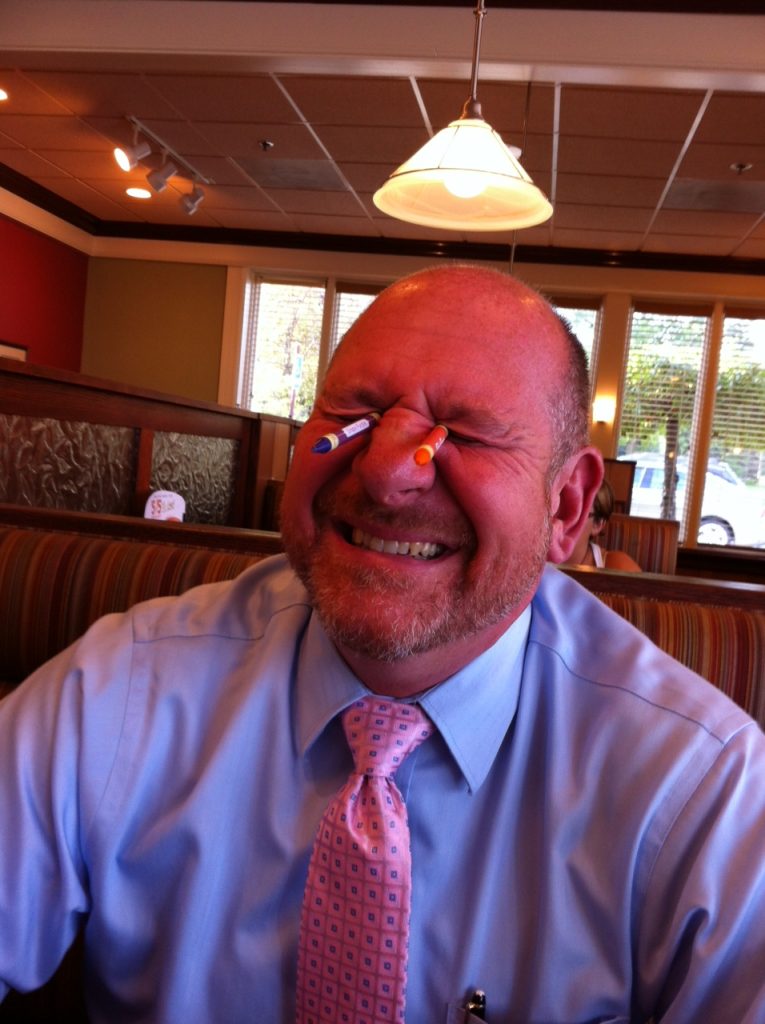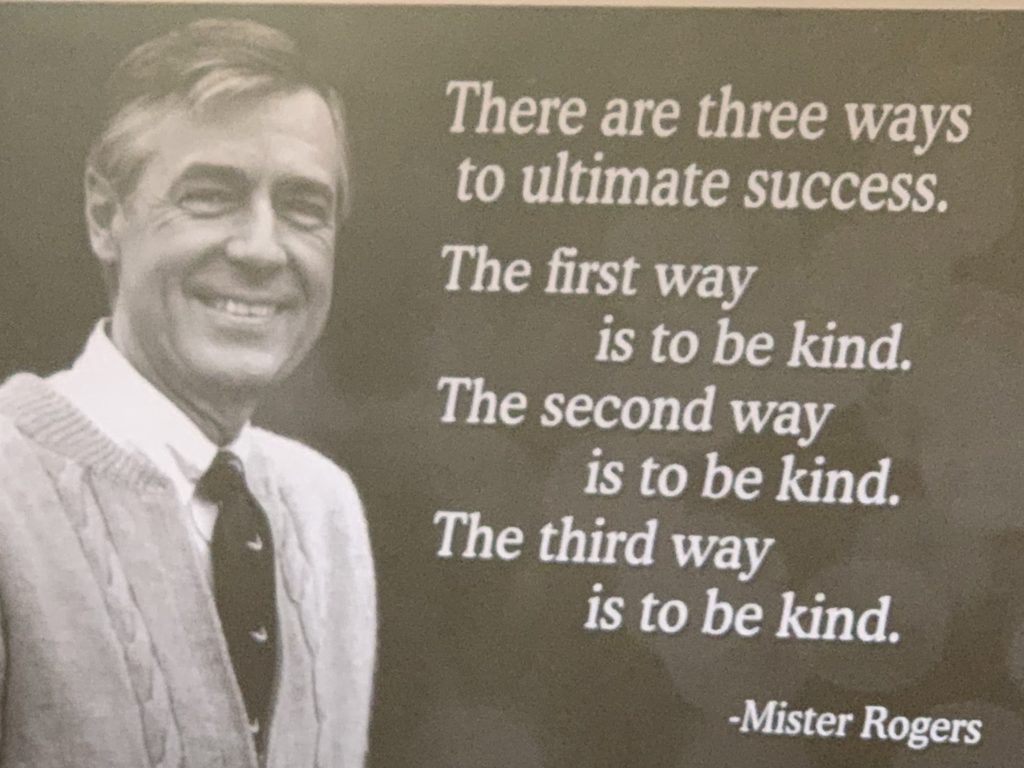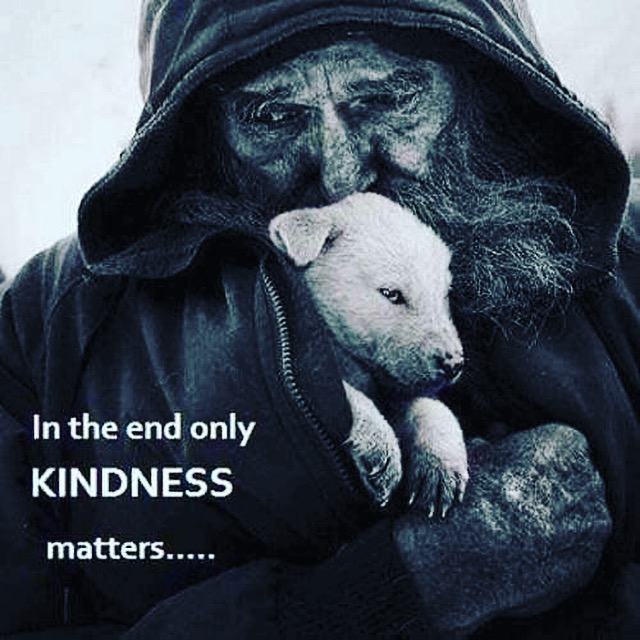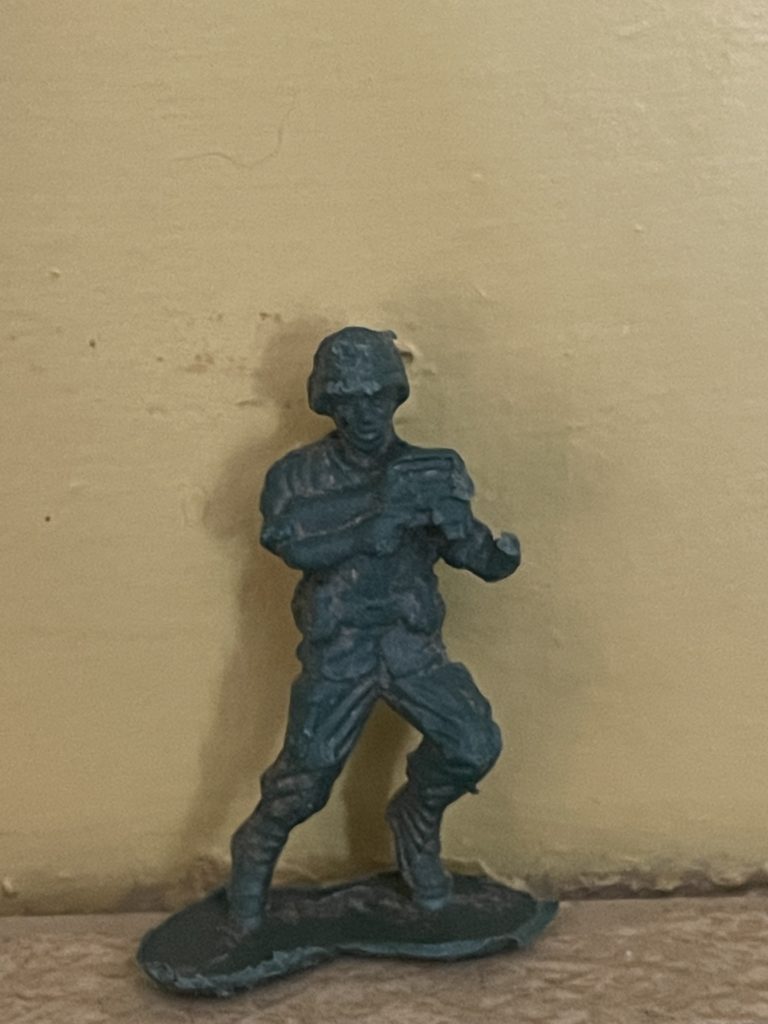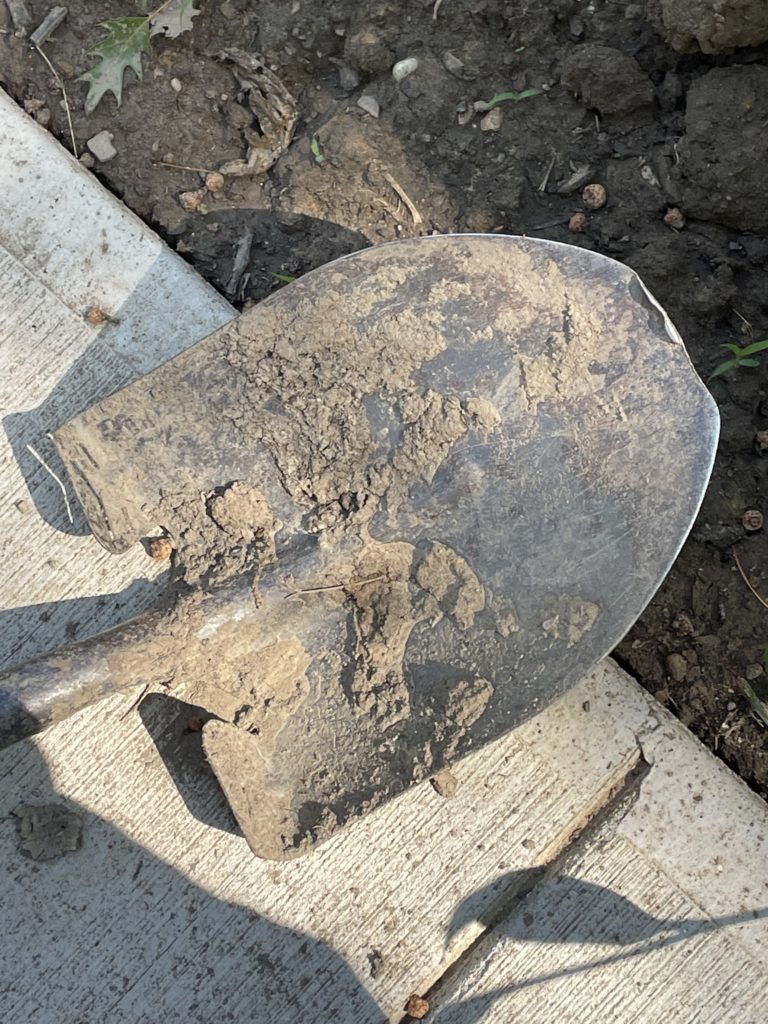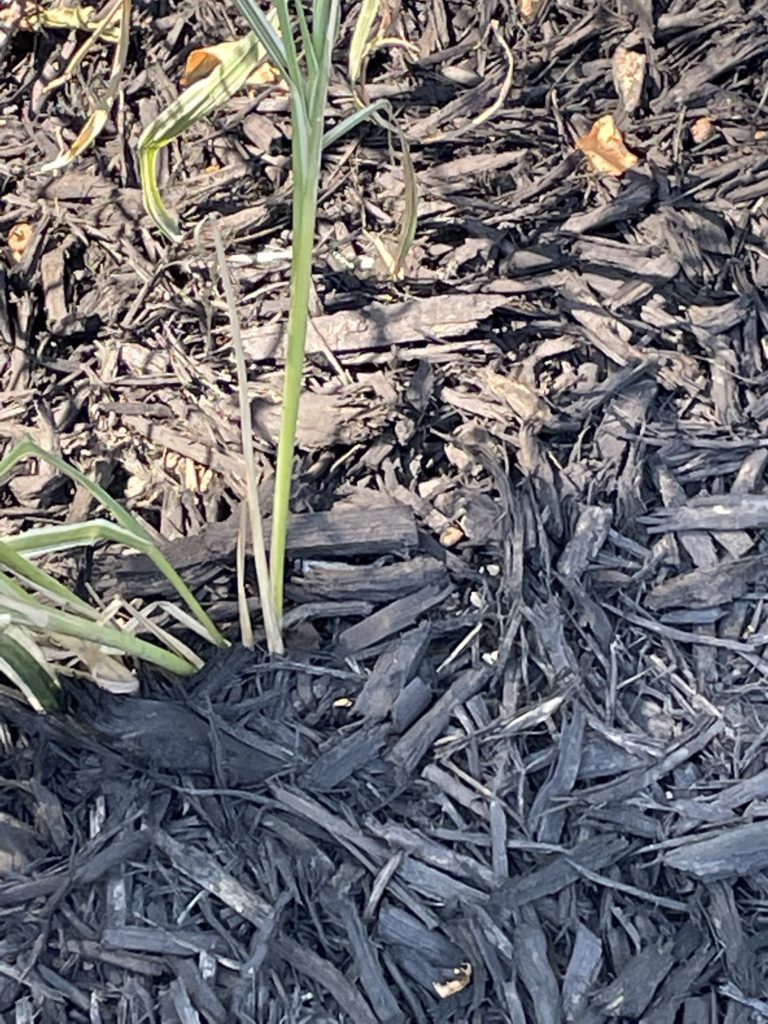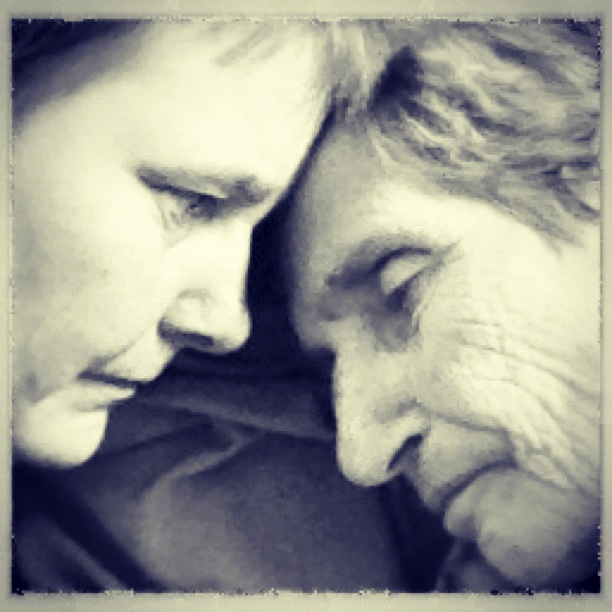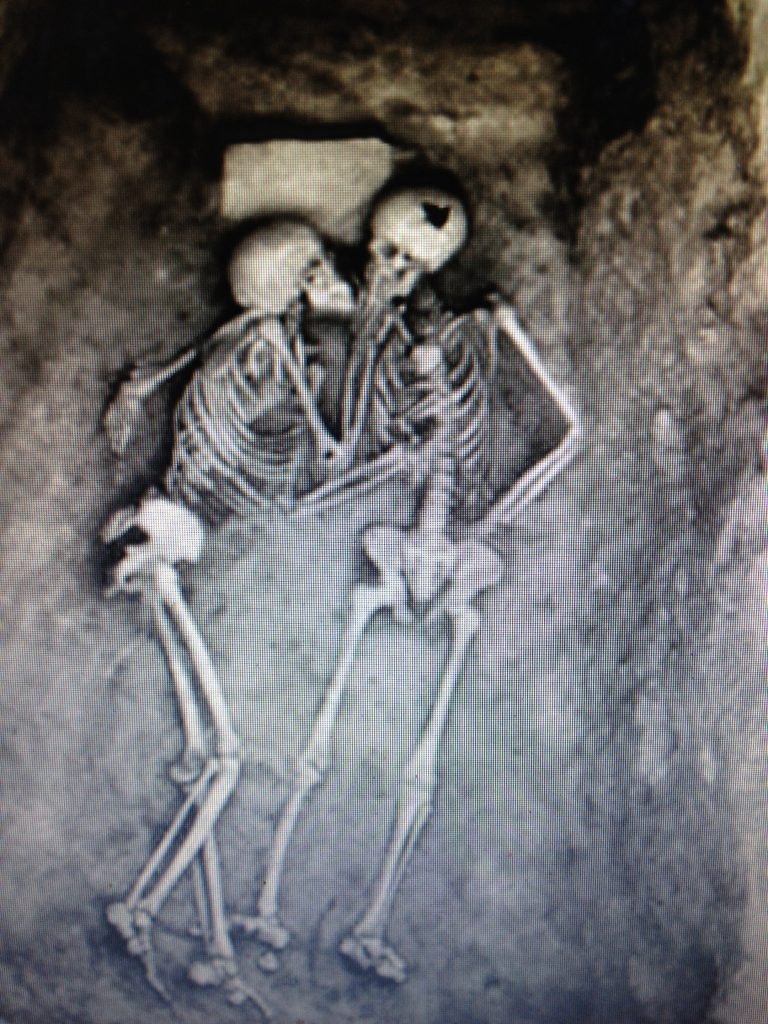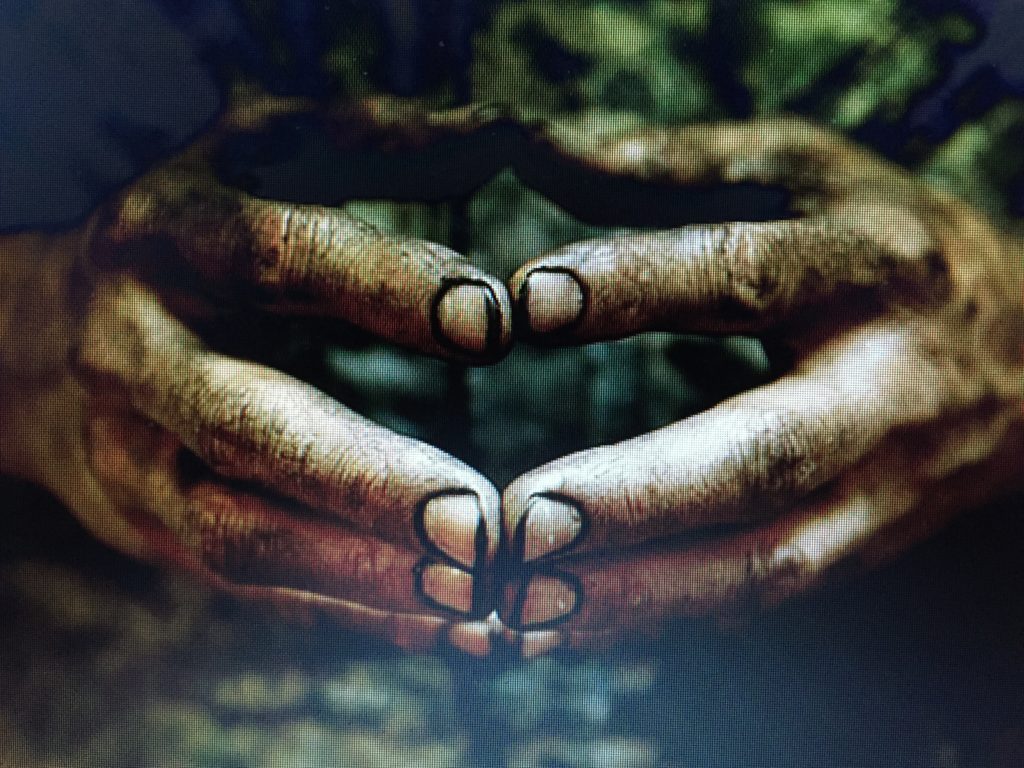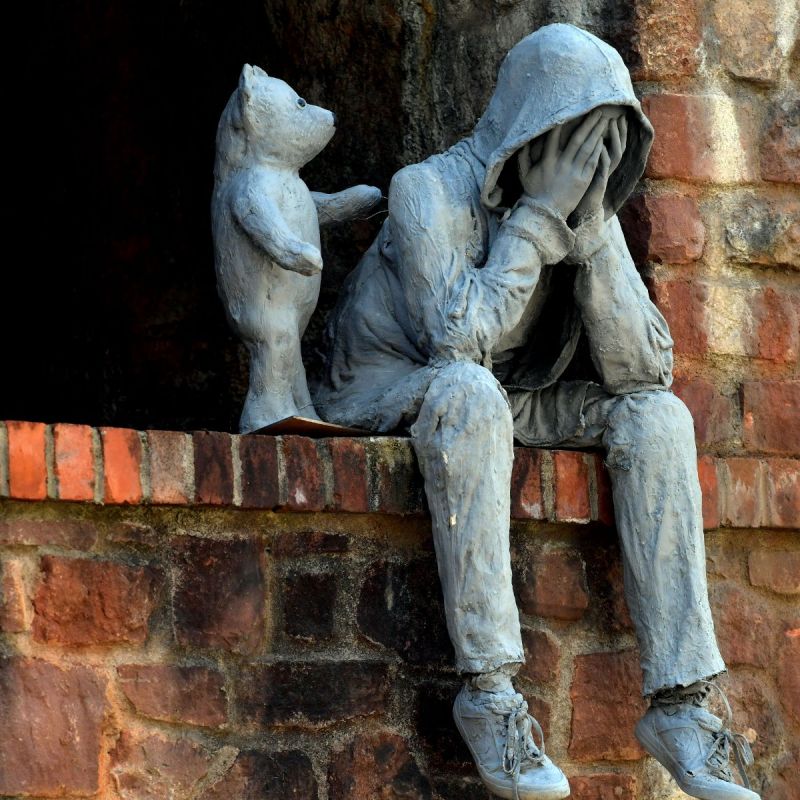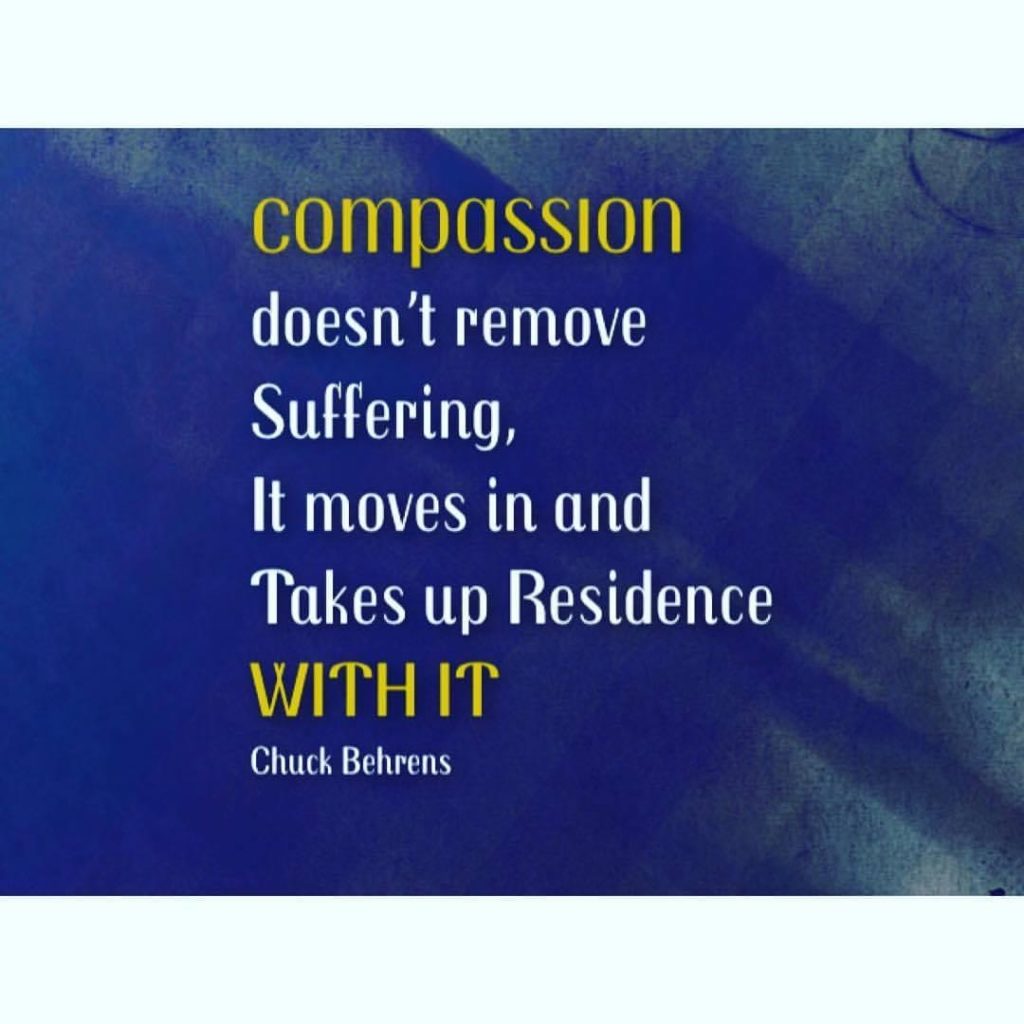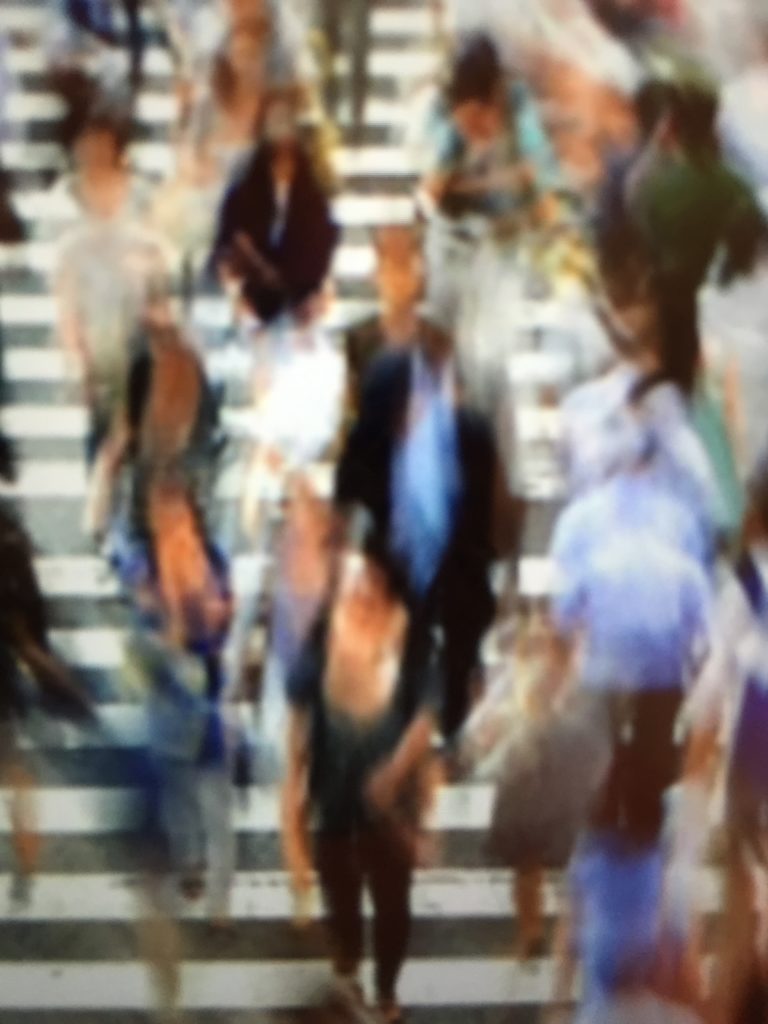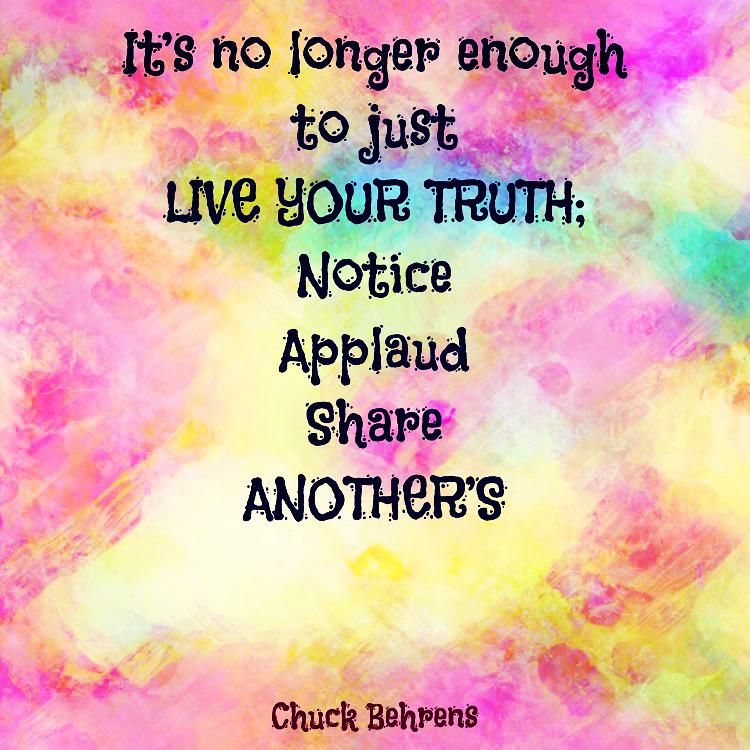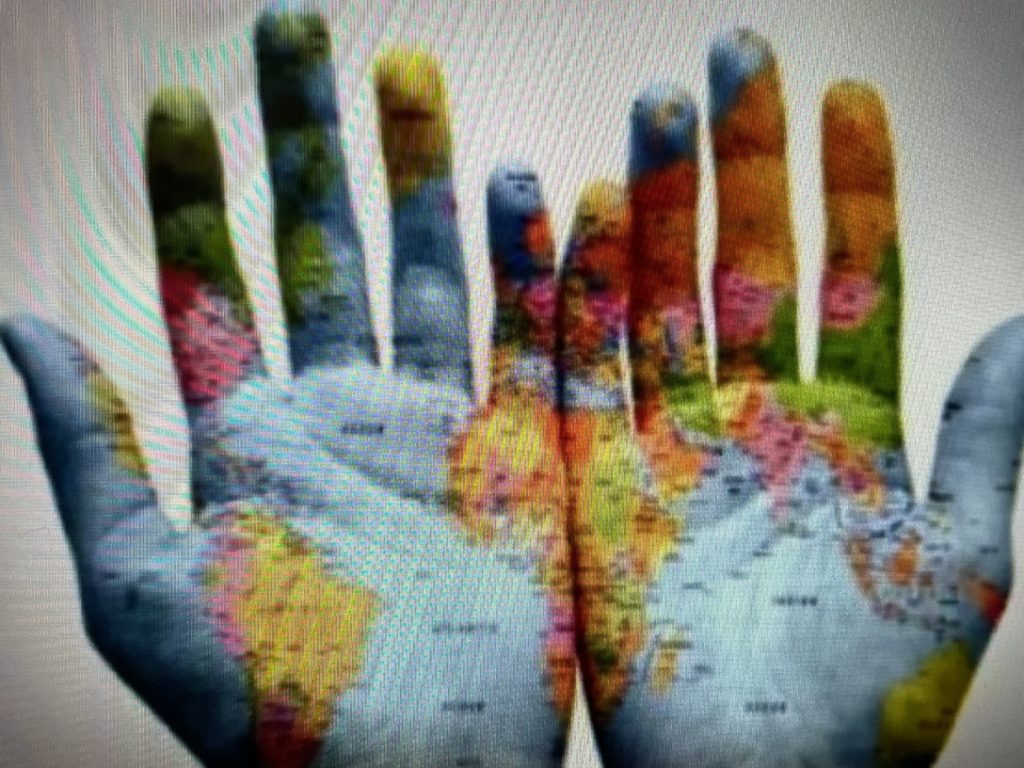A few years ago I became a
C L L
. . .that’s right,
a real bonafide
CERTIFIED LAUGHTER LEADER
even though
LAUGHING
and attempting to make people
H A P P Y(IER)
has been a life long pursuit of mine. . .
enter the infamous JOYOLOGIST
STEVE WILSON and his beautiful bride, Pamela
 I attended their WORLD LAUGHTER TOUR
I attended their WORLD LAUGHTER TOUR
Steve Wilson| Psychologist | The Joyologist | Cheerman of the Bored
Director-National Humor Month
http://www.worldlaughtertour.com
http://www.humormonth.com
http://www.stevewilson.com
http://www.laughterfoundation.org
Skype: s_h_wilson
Facebook: https://www.facebook.com/pages/World-Laughter-Tour/57984062492
LinkedIn: https://www.linkedin.com/in/stevehwilson
Twitter: (@joyologist)
Phone: 614-855-4733
Blog: http://www.laughterandhumor.blogspot.comand it was literally
LIFE CHANGING. . .
I have had the privilege/pleasure of actually hosting several LAUGHTER SESSIONS and have shared some of those techniques in several of the presentations I do and believe me, no pun intended. . .
THIS IS NO FUNNY BUSINESS,
in fact the one simple-start-using-it-at-this-very-second-give-a-away
IS FAKE IT TILL YOU MAKE IT. . .
That’s right, even fake laughing for a mere 15-30 seconds gives you all of the health benefits of actually laughing as if you were watching your favorite comedy or having a laughfest with your friends. . .
In fact, SMILING has the same kind of benefits, especially when you feel the least like cracking a smile. . .
and yet even FAKE SMILING opens wide those big Carotid arteries that supply the head and neck with oxygenated blood and instantly changes your mood and demeanor. . .
FUNNY BUSINESSThis past Sunday, Steve DIRECT MESSAGED me the image belowIt made me take a look at a pile of books I had in a corner section of the library I have in my basement and WHAAAAAAA-LAAAAAAAA I found thisLord Is a Whisper at Midnight https://a.co/d/bW9xGyHbook that I hadn’t opened in a while but slid in a chair on a rainy afternoon and let it READ ME as much as I pursued it. . .
FUNNY BUSINESS
I was COLOR BLINDED no more and the smiles weren’t fakeTHANK YOU, STEVE WILSON
for HOW-TO
that made the WANT-TO
feel kind of
F U N N Y
naturally. . .


